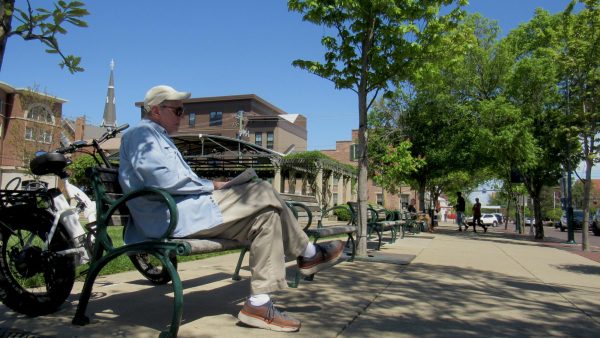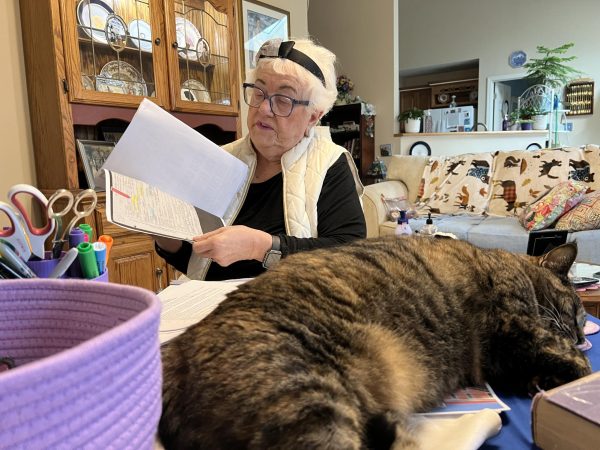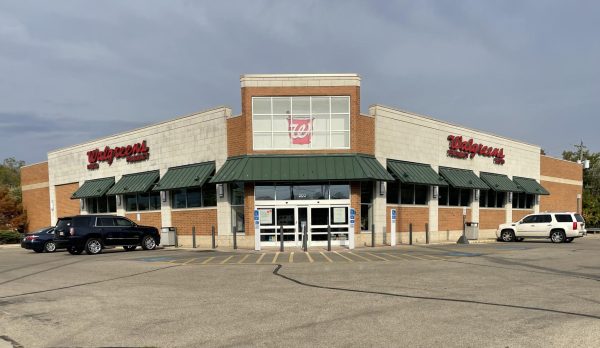As the debate over minimum wage continues, a look at the impact on local businesses and workers
March 5, 2021
Washington has debated the minimum wage – the least you are supposed to pay the people working on the bottom rung of the economic ladder – for the past few weeks.
Democrats wanted to include a hike of the wage from its current $7.25 per hour to $15 per hour in the $1.9 trillion economic relief package President Joe Biden and the Democrats have been pushing through Congress. The measure passed in the House last week, but getting it through the more closely divided Senate is problematic, so the Democrats dropped it from the overall economic support package.
Some states have their own minimum wage laws. Workers are paid whichever is higher, the state or the federal minimum wage. Raising the wage to $15 would put it higher than the state minimum wages in several states, including Ohio. This is a big reason the move is generally not popular with many Republican legislators, who argue that the raise would hurt small business owners, who might simply employ fewer of the low-paid workers.
Those in favor of the hike say that people who work full time ought to make enough to live on.
Because the minimum wages can vary from state to state (as long as they are above the current federal minimum) it is hard to figure exactly how many people work for minimum wage but it is estimated that as many as 24 million Americans are working for less than $15 per hour.
While the wage hike apparently has been taken out of the economic support plan, the debate is not over. Political figures from Joe Biden to Mitch McConnell talked about putting the wage hike in a bill of its own, where it could be debated and voted upon apart from the larger economic COVID-19 support package.
But debates like this one aren’t just about numbers, they are about people. There are plenty of people around Oxford who work for minimum wage, which in Ohio is now $8.80 per hour – higher than the current federal minimum, but far lower than the proposed $15. This week we are showing you the stories of some of these wage earners. Their circumstances and concerns are far from universal – ranging from part-time college students whose real living expenses are paid by their parents, to full-time retail workers who have to pinch every penny that comes their way.























